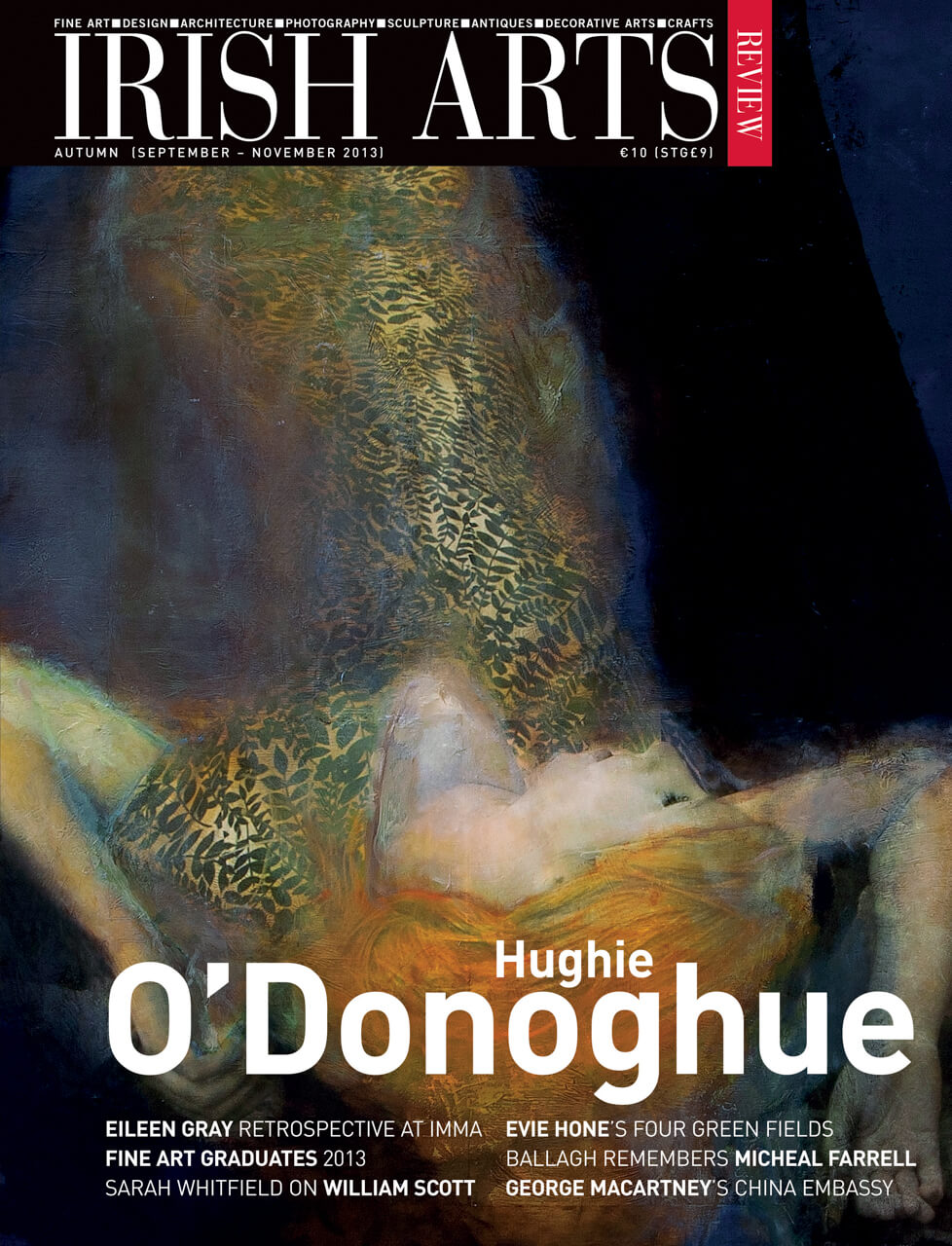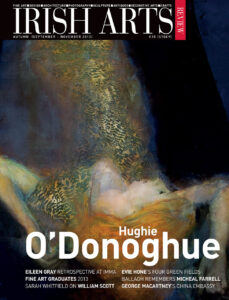

Imogen Stuart is gladdened to see a new generation, represented here by Helen O’Connell embracing the traditions and craft of their art
After attending an exhibition at the Signal Arts Centre featuring the sculpture of Helen O’Connell, I felt I had to see more of her work and learn more about her. She sees sculpture very much as I do and feels strongly about it. It is very heartening for me to see a trend in recent years in Irish sculpture – a willingness on the part of young artists to work directly with organic materials, indicating a return to sculpture as a craft. This approach brings with it an awareness of the unique qualities of stone, wood and metal which an artist must have in order to get the most from their materials.
Helen O’Connell read Literature and Art History at Trinity College Dublin. She had the opportunity to spend a year in Bologna and it was here that she decided to pursue sculpture. She visited the stone quarries in Cararra which she says opened up a whole new vista of possibilities. When she returned to Ireland she saw – quite by chance a small advertisement for a course in stonecarving in Manor Hamilton in Co Leitrim. She enrolled for one year and ended up staying for seven years. By that time she had decided on a career as a sculptor, glad to leave behind ‘the world of theory and spend each day sculpting stone‚Ķ I loved the slow, methodical technique the material demanded’.
In her recent exhibition ‘Carraige na Farraige’ (Stones of the Sea) O’Connell worked with a whole range of stone. Kilkenny limestone, Portuguese marble, Italian and Iranian travertine (Figs 3&5). Some pieces were based on coral formations, others on sea anemones and sponges. All of these artworks were different in texture and colour. Some of her materials are warm toned though Kilkenny limestone remains her first love (Fig 1). The artist believes it takes textural variation well and seems to work with the light in Ireland so much better than the exotic stones. ‘As I have moved through various stages and various types of stone I increasingly want to impose less and less of my vision upon the stones but merely encourage people to appreciate the beauty of their materiality and take the time to engage with them.’
Speaking of the difficulties of working with massive sculptures, O’Connell has said ‘Every time I have to move my sculptures around, lugging them off to some exhibition or another in the hope that they will survive the journey unscathed (usually at my own expense) I wonder why I don’t work in a material that poses less logistical obstacles but there is something in the stone that draws me back again and again’.
Kilkenny limestone remains her first love. The artist believes it takes textural variation well and seems to work with the light in Ireland so much better than the exotic stones.
Being a sculptor for sixty-five years, my experience is that all sculptors working in a variety of materials share these logistical problems. Helen O’Connell is married to an Italian pianist, Francesco Turrisi, and she works from her studio/home in Co Wicklow while retaining a studio in Dublin too. Since becoming a mother O’Connell has learned to ‘to grab any stolen moments to do my work.’
Early on she became conscious, like myself, of the fact that many sculptures displayed in galleries have not been executed by the artists whose names they bear. Galleries and artists should emphasize this situation more honestly. I greatly admire Rowan Gillespie who executes his work from beginning to end: from design to modelling and finally casting and patinating. While O’Connell is open-minded about contemporary art practice, she is critical of the tendency to rely on textual explanations for artworks, saying that ‘it has ceased to allow for a valid existence of a purely visual language.’ O’Connell continued, ‘Many university sculpture departments teach only technology-based creativity. I am saddened that attempting to make beautiful art is frowned upon at academic level nowadays as not being enough, a bourgeois distraction’. I very much agree with her observations. Art seems to have become, in general an ephemeral business. Is that a philosophical reflection of most people’s lives?
Photography by Emma Haugh
Imogen Stuart was elected a Member of the Royal Hibernian Academy in 1990 and RHA Professor of Sculpture in 2000.
From the IAR Archive
First published in the Irish Arts Review Vol 30, No 3, 2013



